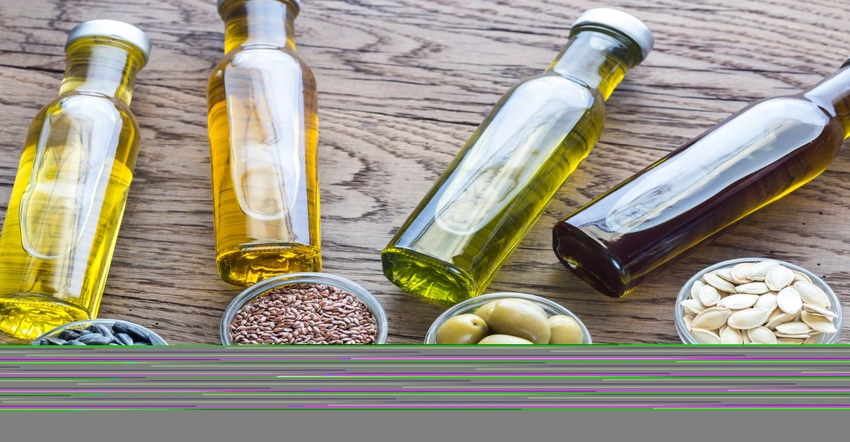Demand for vegetable oils, dairy drive food commodity prices higher in July
Increased prices for vegetable oils, dairy and sugar helped offset lower prices for meat and steady value of cereals to help global food commodity prices rise for the second consecutive month, according to the latest data from the UN’s Food Agriculture Organization (FAO).

The FAO Food Price Index, which tracks monthly changes in the international prices of commonly traded food commodities, averaged 94.2 points in July 2020, up 1.1 points (1.2%) from June.
The Cereal Price Index remained practically unchanged from June, averaging 96.9 points in July, up 0.4% from July 2019. Sorghum and maize prices registered sharp increases in July (5.8% and 3.7%, respectively) due to large purchases by China from the U.S. By contrast, prospects of large 2020 harvests and quiet market activities pushed down international rice prices to four-month lows, despite renewed concerns over logistical bottlenecks caused by COVID-19.
The Vegetable Oil Price Index averaged 93.2 points in July, gaining 7.6% since June and reaching a five-month high. The continued strength of the index primarily reflects firmer values for palm, soy and rapeseed oils. International palm oil quotations rose for a second consecutive month in July, largely underpinned by likely production slowdowns, revived global import demand and protracted migrant labor shortages. [Editor's Note: Download Food & Beverage Insider's "Innovating with healthy fats and oils – digital magazine" to find out more about how brands are using healthy fats and oils to create innovative food and beverage products.]
The Dairy Price Index averaged 101.8 points in July, up 3.5% from June. In July, quotations for all the dairy products represented in the index rose, moving the overall value 0.7% above the corresponding month last year and for the first time above pre-pandemic level. Quotations for milk powders, especially whole milk powder (WMP), rose on account of strong import demand by Asian buyers with some concerns over the eventual size of export availabilities in Oceania in the 2020/21 production season. Although they remained below the pre-pandemic levels, quotations for butter and cheese continued to increase, buoyed by robust import demand amid seasonally declining export supplies and steadily rising internal demand in Europe.
The Sugar Price Index averaged 76 points in July, up 1.4% from June and 4.3% from July 2019. Strong sugar crush numbers from Brazil, the world’s largest sugar producer, only partly mitigated the effects of rising energy prices and the prospects of lower sugar production in Thailand, the world’s second largest sugar exporter, due to a severe drought.
The Meat Price Index averaged 93 points in July, down 1.8% from June and 9.2% below July 2019. Pig and bovine meat quotations both fell in the month as global import demand volumes remained below export availabilities, despite the coronavirus-induced disruptions to the industry in key exporting regions. Poultry meat prices increased, influenced by production cuts in Brazil triggered by high feed costs and concerns over future demand.
About the Author(s)
You May Also Like






